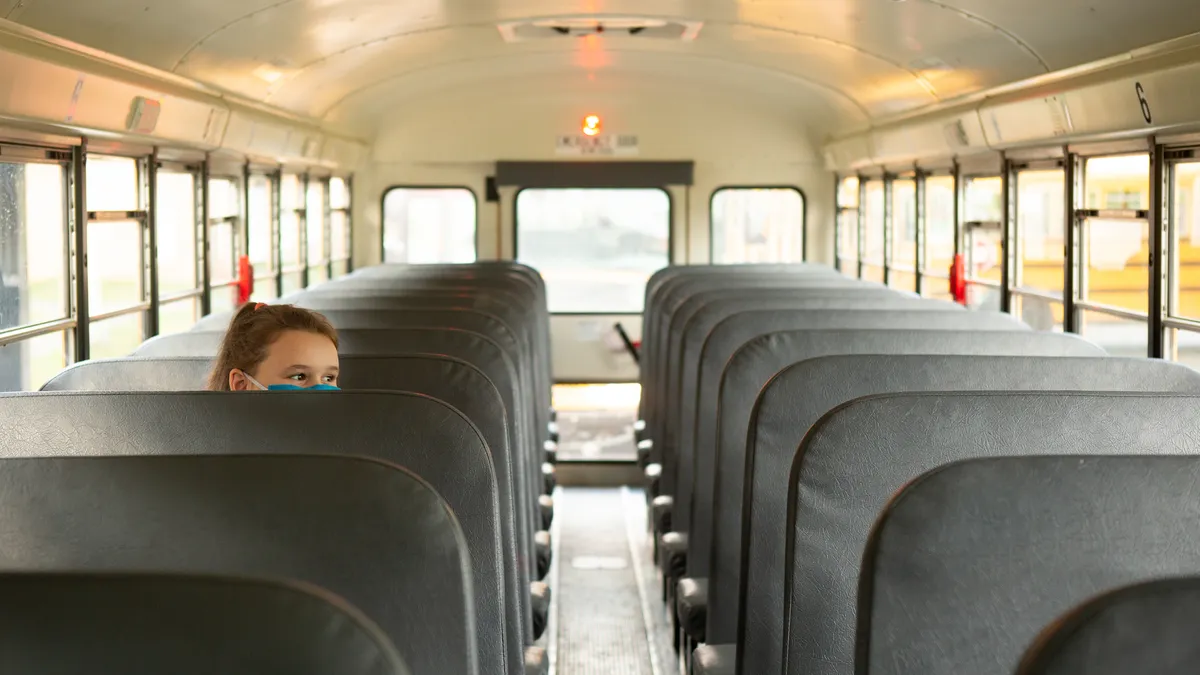Black and Latino families rank school funding disparities and racism as the biggest drivers of educational inequity in U.S. schools, according to the second annual New Education Majority Poll, conducted on behalf of The Leadership Conference Education Fund.
The nationally representative telephone survey asked 1,200 black and Latino parents or family members actively involved in raising school-aged children about how the U.S. education system does educating their kids. The results, though not surprising to some, can illuminate a path forward for school district leaders nationwide.
First, some key findings:
- Nine out of 10 black and nearly six out of 10 Latino family members do not believe schools in black or Latino communities get the same amount of funding as those in white communities.
- Black parents who send their children to schools with predominantly white student bodies are 47 percentage points more likely to rate their schools as excellent when compared to black parents who send their children to schools with predominantly black student bodies.
- Among black parents whose children’s teachers are mostly white, only 42% believe those teachers are trying their best to educate their children. Among black parents whose children’s teachers are mostly black, that portion rises to 58%.
- Nearly nine in 10 black respondents and about eight in 10 Latino respondents believe their children should be challenged more in school.
“Black and Latino parents know their children aren’t getting the best education we can provide to them,” said Wade Henderson, president and CEO of the Leadership Conference on Civil and Human Rights.
And especially because black and Latino children belong to the “new education majority” of nonwhite students, the Conference aims to make policymakers and educators pay attention to their perceptions and priorities. So far, Henderson said he does not see states being responsive to the needs of parents and communities of color in their implementation plans for the Every Student Succeeds Act.
But while federal and state policy is an important driver for what happens in classrooms, school and district leaders can take some of these issues into their own hands.
When it comes to funding inequities, for example, districts may have to wait for state legislators to remedy unequal spending across districts, but superintendents can reduce similar spending disparities within their own districts. Soon state report cards will have to include information about school-level per pupil expenditures. In the meantime, districts can begin making their own calculations to uncover inequitable practices across their schools.
Liz King, director of education policy at the Leadership Conference on Civil and Human Rights, recommends districts look closely at where the most experienced teachers teach and at who has access to more rigorous coursework, science labs or International Baccalaureate programs, being intentional about resource distribution across schools.
The poll summary report also recommends integrating implicit bias and cultural responsiveness training into teacher preparation and professional development. This could reduce the perceptions among black and Latino parents that white teachers are not trying their best to educate black and Latino children.
There also seems to be vast room for improvement when it comes to adequately challenging students of color in the classroom. Just a fraction of black and Latino parents and family members report that their children work hard enough and don’t need to be challenged more.
King said the poll results are a clear message to educators that they need to maintain high expectations for black and Latino students and offer rigorous college preparation for all students in all schools.
“This poll is really a challenge to all educators and all school leaders to be reflective about whether their school is really providing the type of education that all students deserve,” King said.













